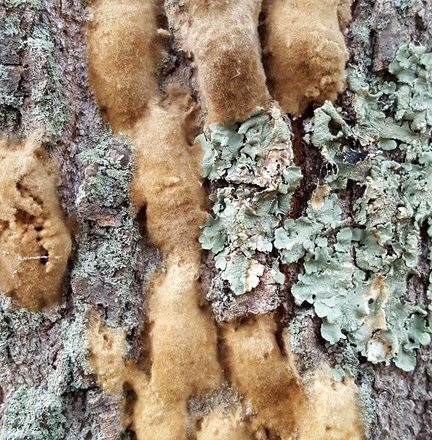Spongy Moth Population Increases
- Share
- Tweet
- Pin
- Share

The Wisconsin Department of Agriculture, Trade and Consumer Protection (DATCP) caught 202,300 spongy moths, an invasive pest, in 10,044 traps this summer as part of the federal Slow the Spread of the Spongy Moth Program. Formerly known as the gypsy moth, Lymantria dispar received a new common name in early 2022. DATCP said this change was necessary because the word “gypsy” is an ethnic slur and the former common name equated people with insects.
Spongy moths are known to undergo cyclical patterns of population growth and decline that span several years. The population increases documented in 2022 were not unexpected in areas like central-eastern Wisconsin, where spongy moth populations are well-established. In western Wisconsin, rates of spread to uninfested areas remained moderate in the southwest and west-central parts of the state, but were higher than usual in the northwest.

DATCP uses aerial spraying every spring and summer, mainly in western Wisconsin, to slow the spread of spongy moth. No aerial spraying programs took place in Door County in 2022.
Wisconsinites can help reduce the population of spongy moth caterpillars by treating or removing spongy moth egg masses. An egg mass is tan, oval or bulb-shaped, and slightly bigger than a quarter. These can be found on trees, vehicles, fences, playground equipment, buildings, or any outdoor item. To remove an egg mass, use a putty knife, stiff brush or similar hand tool and place the mass into warm, soapy water. Soak for a few days and then discard in the trash. Horticultural oil can also be sprayed on egg masses.
For more information, call 800.642.6684, email [email protected] or visit spongymoth.wi.gov.
